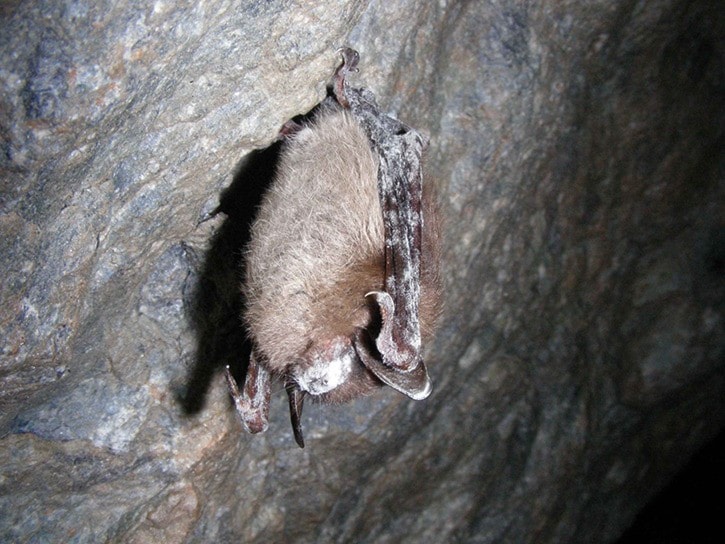The Skeena Community Bat Project is asking for the public to keep an eye out for White Nose Syndrome in the regions bat population.
The group, overseen by the BC Community Bat Program and in collaboration with the BC government, is asking for northwestern BC residents to keep an eye out for dead bats, as well as bats flying in the wintertime.
"We knew this deadly fungus was moving westward across North America" said Mandy Kellner, Coordinator of the BC Community Bat Program in a press release, "but we thought we had many years to prepare."
The debilitating disease was confirmed near Seattle last March, and the group is now preparing for its arrival in BC this winter.
Typically, the first sign of the disease is bats flying during the winter, which is unusual since bats hibernate during the colder months of the year.
If you do come across a dead bat or spot one flying, the BC Community Bats Program asks that you call their toll-free number 1-855-922-2287, extension 19 for more information. They also remind citizens to never touch a dead bat with their bare hands due to the risk of rabies.
There is currently no cure for White Nose Syndrome, which only affects bats, not humans. By remaining vigilant, the Skeena Community Bat Project hopes to mitigate the potential impacts of the disease
The BC Community Bat Program is funded by the Habitat Conservation Trust Foundation, the province of BC, and the Habitat Stewardship Program. Visit their website at bcbats.ca or email info@bcbats.ca for more information.
